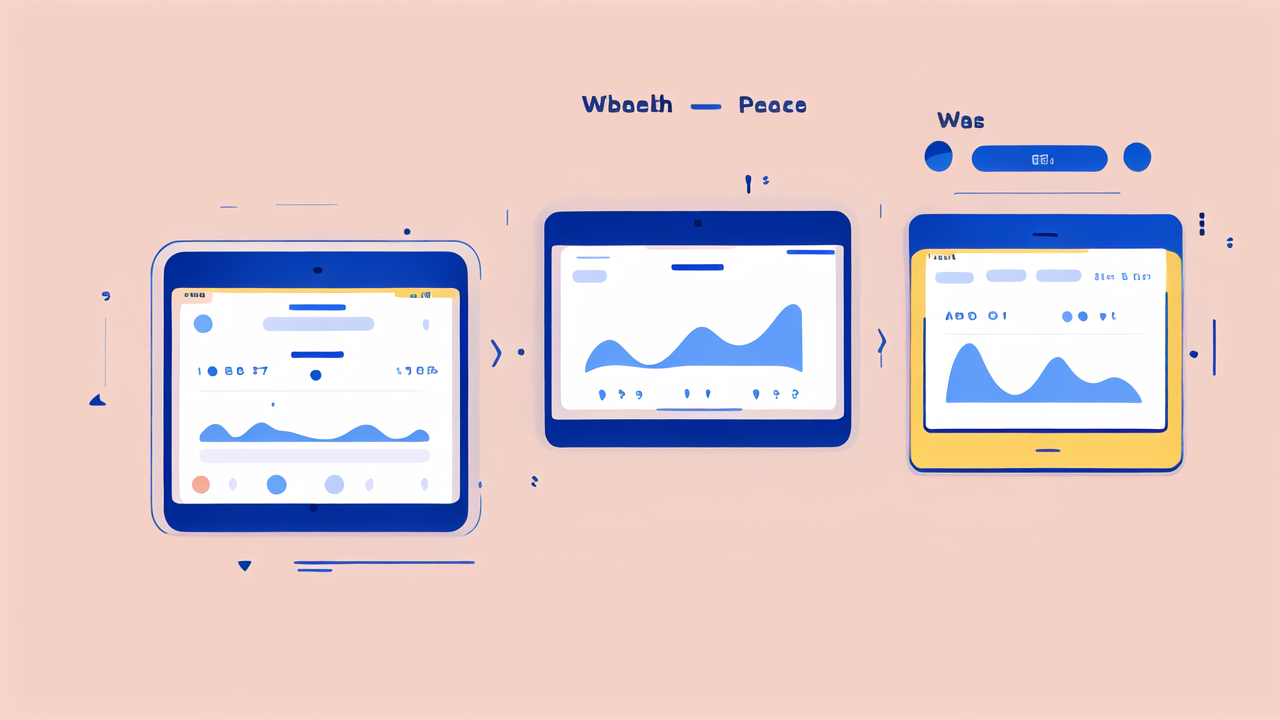The Rise of Wearable Technology in the Healthcare Sector
Understanding the Smart Watch Phenomenon
Smart watches have become a game-changer in the world of wearable tech. These devices are more than just timepieces. They're powerful health tools that fit on your wrist. Smart watches can track steps, monitor heart rate, and even detect falls. They've evolved from simple fitness trackers to advanced health monitors. Many Americans now rely on these devices for daily health insights. The convenience and ease of use have made smart watches popular across all age groups. They offer real-time data that was once only available in medical settings. This shift has empowered users to take charge of their health in new ways.

How Wearables are Revolutionizing Health Tracking
Wearable tech is changing how we monitor our health. These devices offer continuous tracking of vital signs. Users can now keep tabs on their sleep patterns, stress levels, and activity. This data helps people make informed decisions about their lifestyle. Doctors can use this info to provide better care and early interventions. Wearables have made it easier to spot trends in personal health data. They can alert users to potential issues before they become serious. This proactive approach is reshaping preventive healthcare. It's moving care from reactive to predictive, improving outcomes for many Americans.
The Role of Big Data and AI in Wearable Technology
Big data and AI are the unsung heroes of wearable tech. They turn raw data into actionable insights. AI algorithms can spot patterns that humans might miss. This leads to more accurate health predictions and personalized advice. Big data from wearables is helping researchers understand population health trends. It's providing insights into how lifestyle factors affect health outcomes. AI is making wearables smarter, with features like automated workout detection. These advances are making health tracking more accurate and useful for users. The combination of big data and AI is unlocking the full potential of wearable technology.
Consumer Adoption and Behavior Shifts
The Growing Demand for Health-Focused Wearables
Health-focused wearables are seeing a surge in demand. More Americans are looking for ways to monitor their health at home. This trend has been boosted by recent global health concerns. People want devices that can track more than just steps and calories. They're seeking wearables that monitor blood oxygen, ECG, and even stress levels. This demand is driving innovation in the wearable tech industry. Companies are racing to add new health features to their devices. Consumers are becoming more health-conscious and tech-savvy. They see wearables as a key tool in managing their overall wellness.

Changes in Lifestyle and Wellness Practices
Wearable tech is changing how Americans approach wellness. These devices are encouraging more active lifestyles. Users are more aware of their daily activity levels and are motivated to move more. Smart watches are prompting people to stand up and move regularly. They're also helping users track their water intake and nutrition. Many Americans are using wearables to improve their sleep habits. The data from these devices is helping people make better health choices. It's leading to more mindful eating, better sleep hygiene, and increased physical activity. Wearables are turning wellness into a daily, measurable practice for many.
Ethical Considerations in Wearable Technology
As wearables become more common, ethical concerns are rising. Privacy is a major issue, as these devices collect sensitive health data. There are questions about who owns this data and how it's used. Some worry about the security of health information stored on smart watches. There's also concern about the accuracy of data from consumer-grade devices. This could lead to unnecessary anxiety or false reassurance about health. Another issue is the digital divide. Not everyone has access to high-tech wearables. This could create disparities in health monitoring and care. Balancing innovation with privacy and equity is a key challenge in this field.
Future Directions and Challenges
Innovations on the Horizon for Health Wearables
The future of health wearables looks promising. We're likely to see devices that can monitor even more health metrics. Blood glucose monitoring without needles is a major goal for many companies. Wearables that can detect early signs of diseases like cancer or Alzheimer's are in development. We may soon have smart clothing that can monitor our health throughout the day. Nano-sensors that can be worn on or under the skin are another exciting possibility. These could provide constant, detailed health data. The integration of wearables with smart home tech is also on the horizon. This could create a more holistic health monitoring system.

Regulatory Challenges and Compliance in the US
As wearables become more advanced, regulations must keep pace. The FDA is working on guidelines for health-focused wearables. There's a fine line between wellness devices and medical devices. This distinction affects how products are regulated and marketed. Companies must navigate complex rules about health claims and data privacy. HIPAA compliance is crucial for devices that handle medical data. There's also the challenge of ensuring the accuracy of health data from wearables. Regulators must balance innovation with consumer safety. This is a complex task in a rapidly evolving field. Clear guidelines will be key to the responsible growth of the wearable tech industry.
The Role of Wearables in Population Health Management
Wearables have huge potential in population health management. They can provide real-time data on health trends across large groups. This could help predict and prevent disease outbreaks. Wearables could aid in managing chronic conditions on a large scale. They offer a way to monitor high-risk populations more closely. This data could inform public health policies and interventions. Wearables might help track the effectiveness of health campaigns. They could also play a role in clinical trials, providing more detailed patient data. The challenge is to use this data effectively while protecting individual privacy. As wearables evolve, their role in public health is likely to grow significantly.




Leave a comment
This site is protected by hCaptcha and the hCaptcha Privacy Policy and Terms of Service apply.